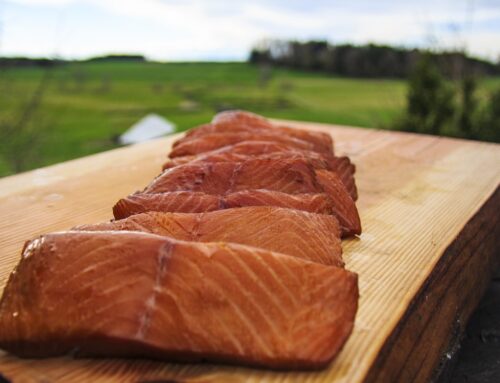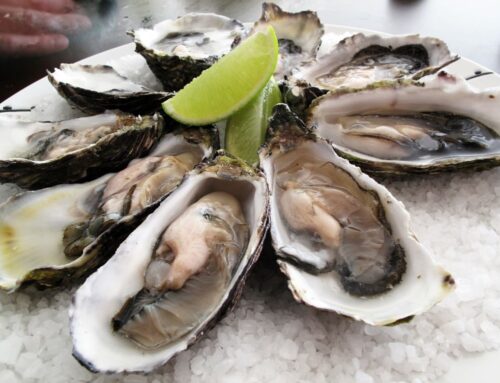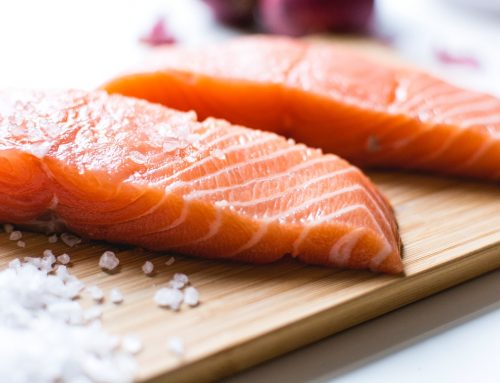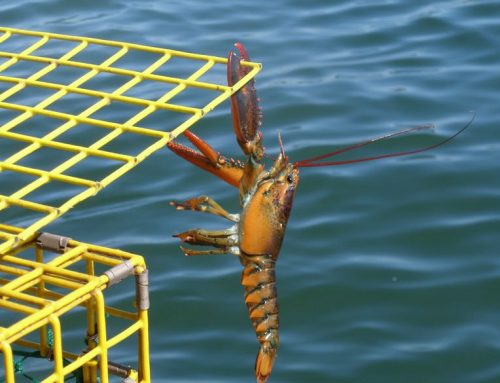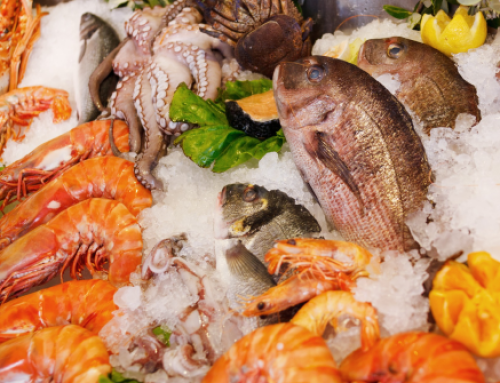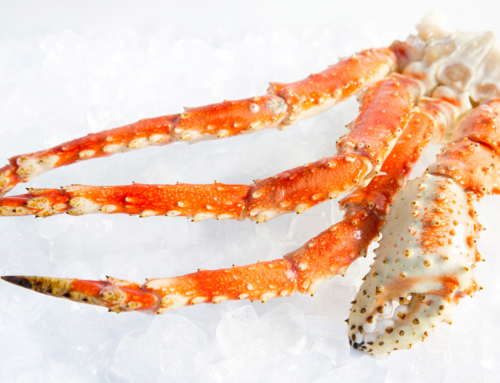There is no denying the mass appeal of the succulent sockeye salmon. The fish, known to science as oncorhynchus nerka, is also called red or blueback salmon. It is among smaller salmons in the seven Pacific salmon species.
Its bright-orange body can span 24 to 33 inches. Sockeye salmon also weighs between 5 and 15 pounds. There are different ways people can learn how to cook sockeye salmon. If you are inexperienced in preparing that particular fish, the following guide is a solid beginner’s resource.
About the Sockeye Salmon
Sockeye salmon may not be the largest or the fattiest salmon, but it is full of flavor. The salmon carries with it a rich aftertaste. When preparing sockeye salmon, you should note that the fish is oily. That is to your benefit because it holds up in high-heat cooking methods. Sockeye salmon also absorbs flavor well.
When you purchase the salmon, look for “wild-caught”, fresh or flash-frozen selections. Sockeye that is sourced from the Copper River and Bristol Bay are desirable, yet pricey. Once you make your selection, the first thing to know about how to cook sockeye salmon is that the meat is firm. Therefore, sockeye is easily overcooked.
Sockeye is best thought of as a simple fish. If you are considering dressing it up with sauces, you should reconsider that decision. There are many ways to prepare sockeye. Whether you grill, pan-sear, bake, smoke, broil or poach sockeye – keep it simple. You will be happier with your result if you eat it as-is.
Different Methods for Cooking Sockeye Salmon
Grilling – When you grill sockeye salmon, prepare the fish with olive oil, lemon, salt and pepper. Grill the sockeye with its flesh-side facing down. If you are grilling on an open fire, the next step is to flip it. Alternatively, how to cook sockeye salmon on a cedar plank is skin-side down. The salmon is finished after about 10 minutes, or when its flesh starts to flake.
Pan-searing – Another popular preparation method is pan-searing sockeye. First, dry the room temperature filets with a paper towel. Next, pan-sear each side of the fish on your stovetop for three minutes. Sear the salmon with the flesh-side down. You should press lightly so all of the flesh touches the pan. The end result should be crispy and golden.
Poaching – If you are looking for a melt-in-your-mouth dinner, try poaching your sockeye salmon. You can poach it in fish stock or wine for five minutes. Make sure that you use a non-stick skillet. Doing so lets the fish retain its moisture. Once it is completed, your dinner guests will be watering at the mouth.
The sky’s the limit in regards to how to cook sockeye salmon. Therefore, don’t be afraid to experiment. Whether you use different ingredients or prepare your salmon in salads, the delicious possibilities are limitless.
If you find that you want to give baking a try, here is a video to help you get started.

Take note of our Affiliate Relationships that may exist with this page and companies listed on it.


